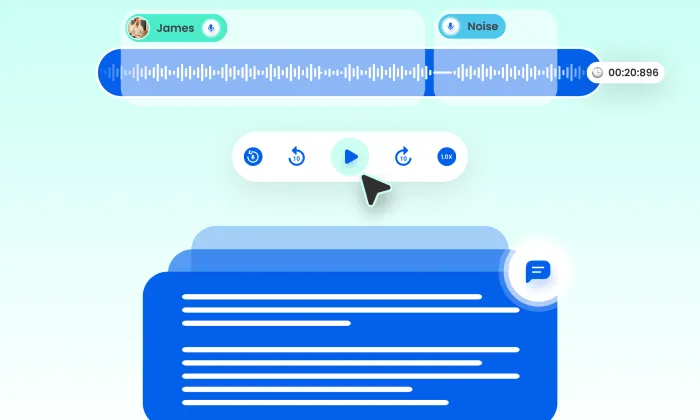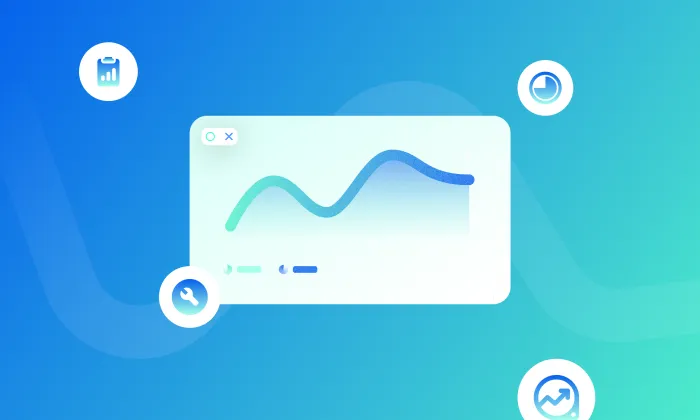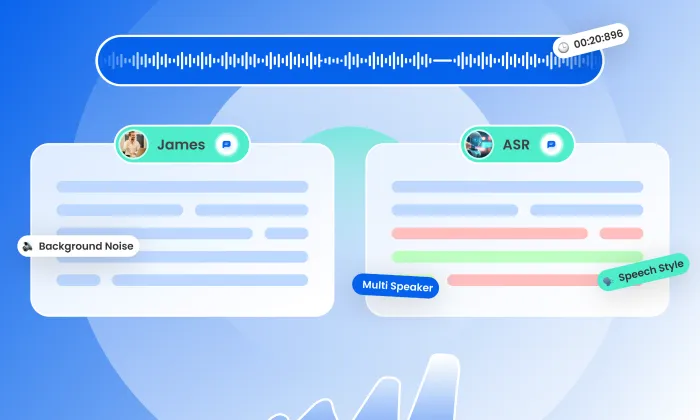Can this doctor dictation setdata improve speech-to-text models for EMR systems?
Speech-to-Text
Healthcare
EMR Systems
The integration of high-quality doctor dictation datasets can significantly enhance the performance of speech-to-text models used in Electronic Medical Record (EMR) systems. These datasets, consisting of monologue-style clinical voice recordings, capture the nuances of medical dictation, improving the accuracy and efficiency of automated documentation processes.
Understanding Doctor Dictation Datasets
Doctor dictation datasets are recordings where clinicians verbally compose their chart notes, including various aspects of patient care like history of present illness, assessments and treatment plans. Unlike patient-doctor dialogues, these dictations are solitary narratives that reflect a structured, terminology-rich approach to clinical documentation. They are characterized by natural hesitations, corrections and specific medical terminology, which are critical for training speech recognition technology to understand and transcribe clinical language accurately.
Importance for Speech Recognition Technology
These datasets are vital for speech recognition technology as they mirror real-world clinical scenarios, enabling models to learn from authentic clinician language. This training is crucial for several reasons:
- Terminology Familiarity: Medical dictations include jargon and abbreviations unique to the healthcare sector. Training models on these datasets enhances their understanding of specialized vocabulary, crucial for accurate transcription.
- Contextual Awareness: The structured format of dictations aids models in understanding the contextual flow of medical narratives, enhancing their ability to generate coherent and clinically relevant transcriptions.
- Variability in Speech Patterns: Including a wide range of speakers with different accents and speech patterns makes models robust against variations in pronunciation and delivery, improving accuracy in diverse clinical environments.
Key Mechanisms for Enhancing Speech-to-Text Models Using Doctor Dictation Datasets
These datasets enhance speech-to-text models through several key components:
- Audio Quality and Characteristics: High-fidelity recordings ensure that the audio captures the full range of human speech, including subtle tones and inflections that affect transcription accuracy. Incorporating natural corrections and hesitations allows models to learn how clinicians typically navigate their dictation process.
- Comprehensive Metadata: Rich metadata accompanying the audio files, such as speaker demographics, medical specialty, and recording environment, provides contextual information that can be leveraged during model training. This data helps tailor the models to specific clinical scenarios and enhances adaptability.
- Diverse Use Cases: The inclusion of various dictation types ranging from routine check-ups to post-operative notes and ensures that models can generalize across different clinical situations. This diversity is critical for achieving high performance in real-world applications.
Strategic Trade-offs
While the advantages of using doctor dictation datasets are clear, there are trade-offs to consider:
- Data Collection Challenges: Gathering high-quality dictation data can be time-consuming, requiring strict adherence to compliance protocols to protect patient confidentiality. This necessitates a robust framework for participant consent and data handling.
- Quality Assurance: Ensuring transcription and annotation accuracy is paramount. A multi-tiered QA process involving both automated checks and human review is essential to maintain high standards and minimize errors, especially with medical terminology.
Common Missteps by Teams
Integrating doctor dictation datasets into speech-to-text models can present challenges:
- Neglecting Speaker Diversity: Limiting a model's effectiveness in real-world applications by not including a broad range of accents and speech patterns. Teams should prioritize diverse representation in their datasets.
- Underestimating Annotation Complexity: Transcribing medical dictations involves accurately capturing medical terminology and contextual relationships. Teams must invest in training skilled annotators familiar with clinical language.
Conclusion
In conclusion, the thoughtful application of doctor dictation datasets can significantly enhance the performance of speech-to-text models tailored for EMR systems. By focusing on high-quality audio, comprehensive metadata, and a diverse range of dictation samples, teams can develop models that not only increase transcription accuracy but also streamline clinical documentation processes, ultimately supporting better patient care.
Smart FAQs
Q. How can doctor dictation datasets be used to enhance EMR systems?
A. These datasets improve speech-to-text accuracy by familiarizing models with clinical terminology, enhancing contextual understanding, and accommodating diverse speaker accents and styles, ultimately facilitating more efficient and accurate EMR documentation.
Q. What are the challenges in collecting doctor dictation data?
A. Collecting high-quality dictation data involves navigating compliance protocols, ensuring participant consent, and maintaining a rigorous quality assurance process to safeguard the accuracy and integrity of the transcriptions.
What Else Do People Ask?
Related AI Articles
Browse Matching Datasets
Acquiring high-quality AI datasets has never been easier!!!
Get in touch with our AI data expert now!








